Related Posts
- Buy Tickets for The Constitutional Walking Tour of Philadelphia – See 20+ Sites on a Primary Overview of Independence Park, including the Liberty Bell and Independence Hall
These historic homes were built in the 18th, and 19th Centuries as summer getaways for the wealthy and powerful of Philadelphia. In a time when the developed area of the city was largely concentrated miles away along the Delaware River, these homes, built in the green and shady hills that overlooked the Schuylkill River were an attractive way to beat the heat and disease that came with dense city living in the summer.
While constructed as private mansions with stately grounds, as time passed, the land these mansions occupied became attractive to industrialists who looked to harness the power of the Schuylkill River for factories and other ventures. Philadelphia though had come to depend on the Schuylkill as the primary water source for the rapidly growing city and did not want industrial operations to diminish the quality of the river’s water. Rather than see these properties sold to developer’s the city of Philadelphia instead purchased the properties themselves and created Fairmount Park, an enormous 2,000 plus acre park that extends north of Fairmount Water Works (Philadelphia’s early 19th Century Water Treatment Plant) on both sides of the Schuylkill River.
The mansions that were once the centerpieces of these grand estates would eventually come into the City’s possession as well and would be preserved for their historic and architectural Value.
Lemon Hill Mansion
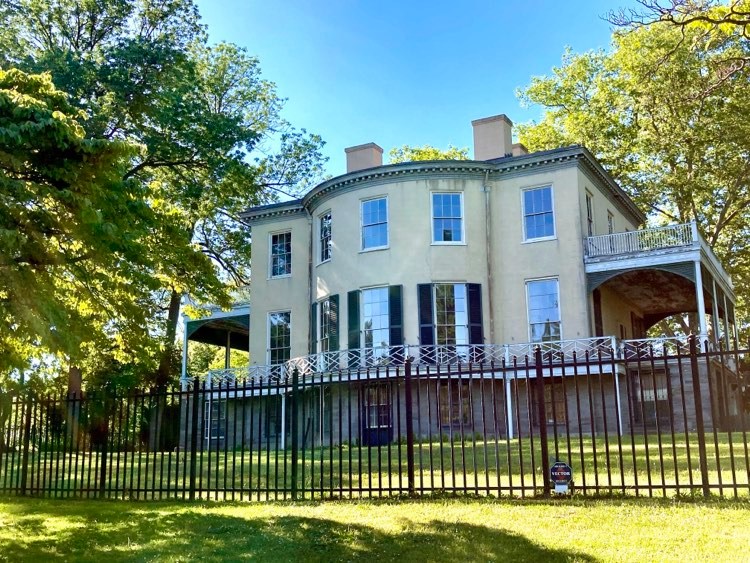
Built on land originally owned by Robert Morris, one of America's American Founding Fathers and financier of the American Revolution, Lemon Hill Mansion is often referred to as the Birthplace of Fairmount Park, the largest municipal park in Philadelphia. Read more in our Lemon Hill Mansion blog.
Cedar Grove Mansion
For centuries, Cedar Grove Mansion housed five generations of the joint Paschall-Morris families. Today this gives us an engaging lens to look back in time into everyday domestic life from the 18th and 19th Centuries. Read more in our Cedar Grove Mansion blog.
Mount Pleasant Mansion
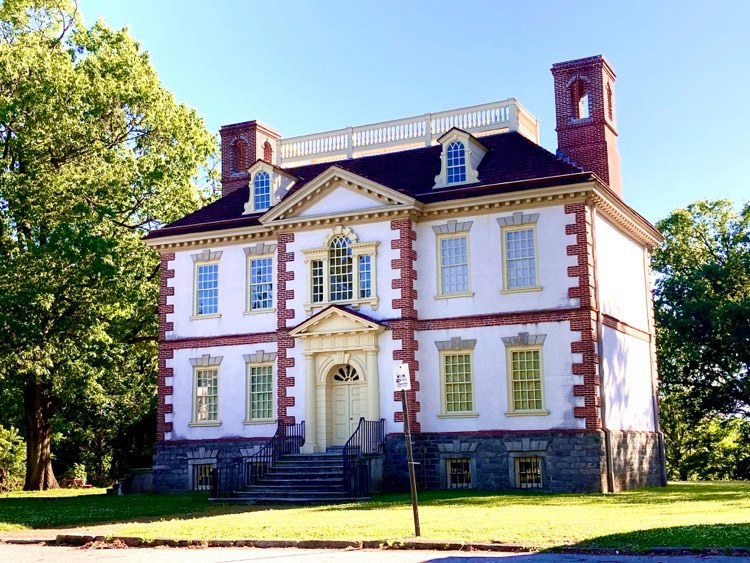
Mount Pleasant was built by Scottish privateer John Macpherson in 1762 with a precise eye towards symmetry and proportion. The style is the classical Georgian architecture that is reminiscent of Independence Hall, a site along The Constitutional Walking Tour. Mount Pleasant Mansion was designed by architect Thomas Nevell, the apprentice of Edmund Woolley, the architect of the Pennsylvania State House as it was originally known before it became known as Independence Hall. Read more in our Mount Pleasant Mansion blog.
Laurel Hill Mansion
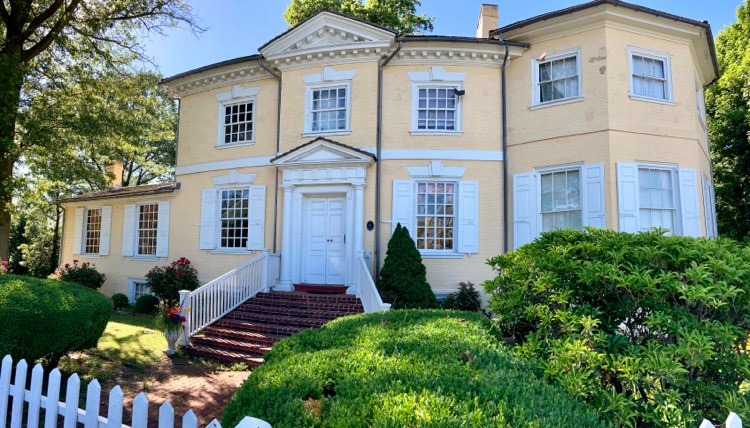
In 1760, the land where the Laurel Hill Mansion now stands was purchased by a wealthy Quaker couple, Francis and Rebecca Rawle, who later constructed the house in 1767. Read more in our Laurel Hill Mansion blog.
Woodford Mansion
Named for its juxtaposition between a forest around the house and a nearby ford in the Schuylkill River, Woodford Mansion has found itself embedded within Philadelphian history and American history as a whole, hence why it has been a National Historic Landmark for over half a century. Read more in our Woodford Mansion blog.
Strawberry Mansion
Strawberry Mansion is the largest of the Fairmount Park Historic Houses, and today its halls are adorned with antiques, fine art, and other valuable items from the 18th and 19th centuries. But within those centuries, the same halls were passed through by several fascinating figures from American history. The property’s first owner was Quaker lawyer William Lewis, who purchased 13 acres of land in 1783 before finishing the home’s construction in 1789. Read more in our Strawberry Mansion blog.
Belmont Mansion & The Underground Railroad Museum
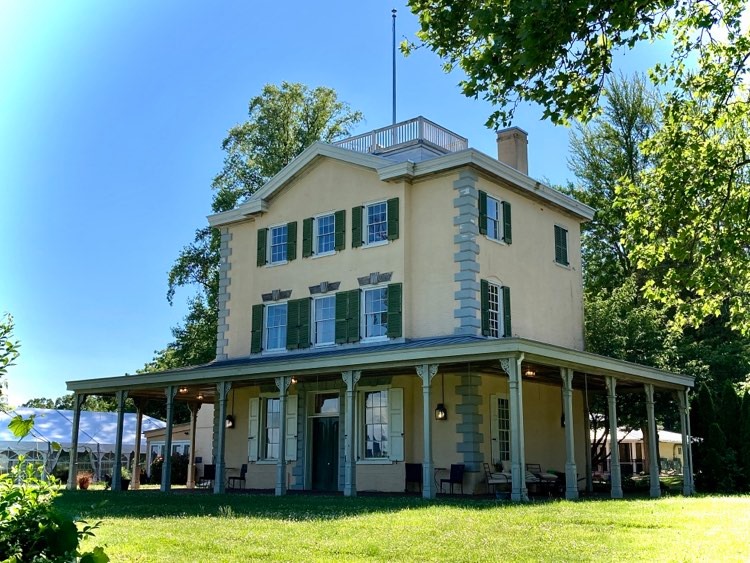
Belmont Mansion is one of only three surviving Fairmount Park Mansions that belonged to men associated with the founder of Philadelphia, William Penn. Built in 1745 by William Peters, the English land manager to the Penn family, Belmont Mansion was the first example of Palladian architecture in Pennsylvania. The mansion was later a stop on the Underground Railroad and today stands as a museum dedicated to that aspect of its history. Read more in our Belmont Mansion blog.
Letitia Street House
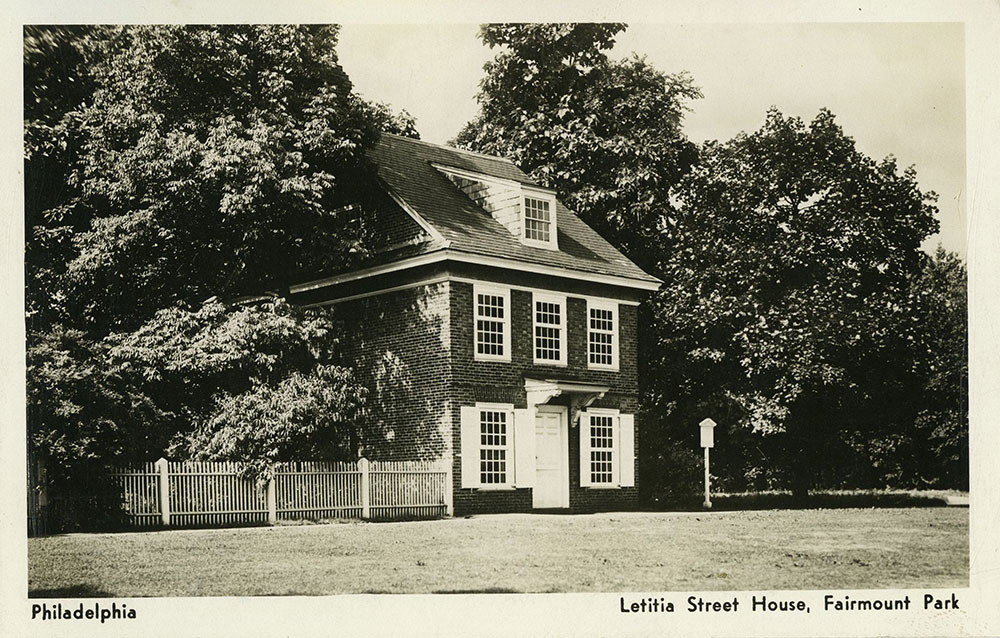
Until the 20th Century, this small unassuming brick townhouse on Letitia Street (now relocated to Girard Avenue) was assumed to have been built in anticipation for the first arrival of William Penn in the New World. Instead, the story of the Letitia Street House is indicative of the power of rumor, myth and the urge to preserve a historical legacy. Read more in our Letitia Street House blog.
Ohio House
In 1876, nearly 10 million people visited Philadelphia over the course of 6 months for the Centennial Exposition, the first World’s Fair in the United States. Celebrating a century of American independence, 200 buildings represented 37 countries and 24 new American states added to the original 13. However, only two buildings in Fairmount remain from this cosmopolitan panoply; Memorial Hall (now the Please Touch Museum), and the Ohio House. Read more in our Ohio House blog.
Ridgeland Mansion
Acquired in 1869 like many of the other Fairmount mansions, Ridgeland Mansion, also known as Mount Prospect, is one of the oldest extant historical villas in the Fairmount Park. Initially built as a humble farmhouse, it was later expanded into the elegant mansion it is today. Read more in our Ridgeland Mansion blog.
Sedgley Mansion Porter’s House
Adjacent to Lemon Hill Mansion, the birthplace of Fairmount Park, is a modest but elegant edifice, an esoteric relic that is the only remaining testament in Philadelphia to one of America’s greatest architects. Passed from owner to owner throughout the early 19th Century until its destruction in 1858, the scenic estate of Sedgley Mansion is now only remembered through street names and its adjacent servant’s quarters that we now know as Sedgley Mansion’s Porter’s House. Read more in our Sedgley Mansion Porter’s House blog.
Solitude House

The Solitude House is the only remaining building in the United States that housed a member of the Penn family. Its presence tells the story of Pennsylvania’s most prestigious family struggling to claim its birthright in the aftermath of Revolutionary War. Read more in our Solitude House blog.
The Cliffs
Since 1986, cream-colored ruins peek out above the trees near 33rd and Oxford, covered in graffiti. But even these ruins can teach us about a great estate and the life of a nation. Behind these dilapidated remains lies the story of a home used to aid in the revolution and serve as the childhood home for one of America’s greatest industrialists. Read more in our The Cliffs blog.



